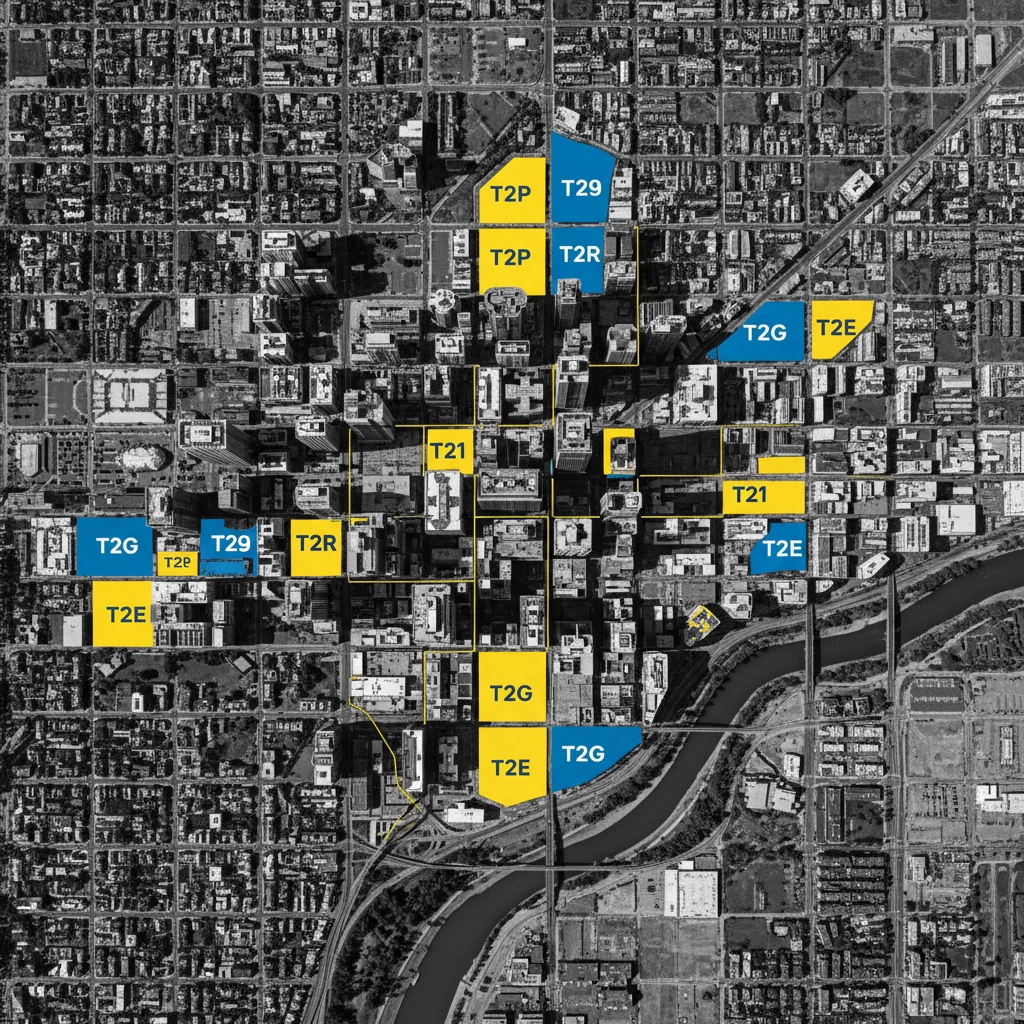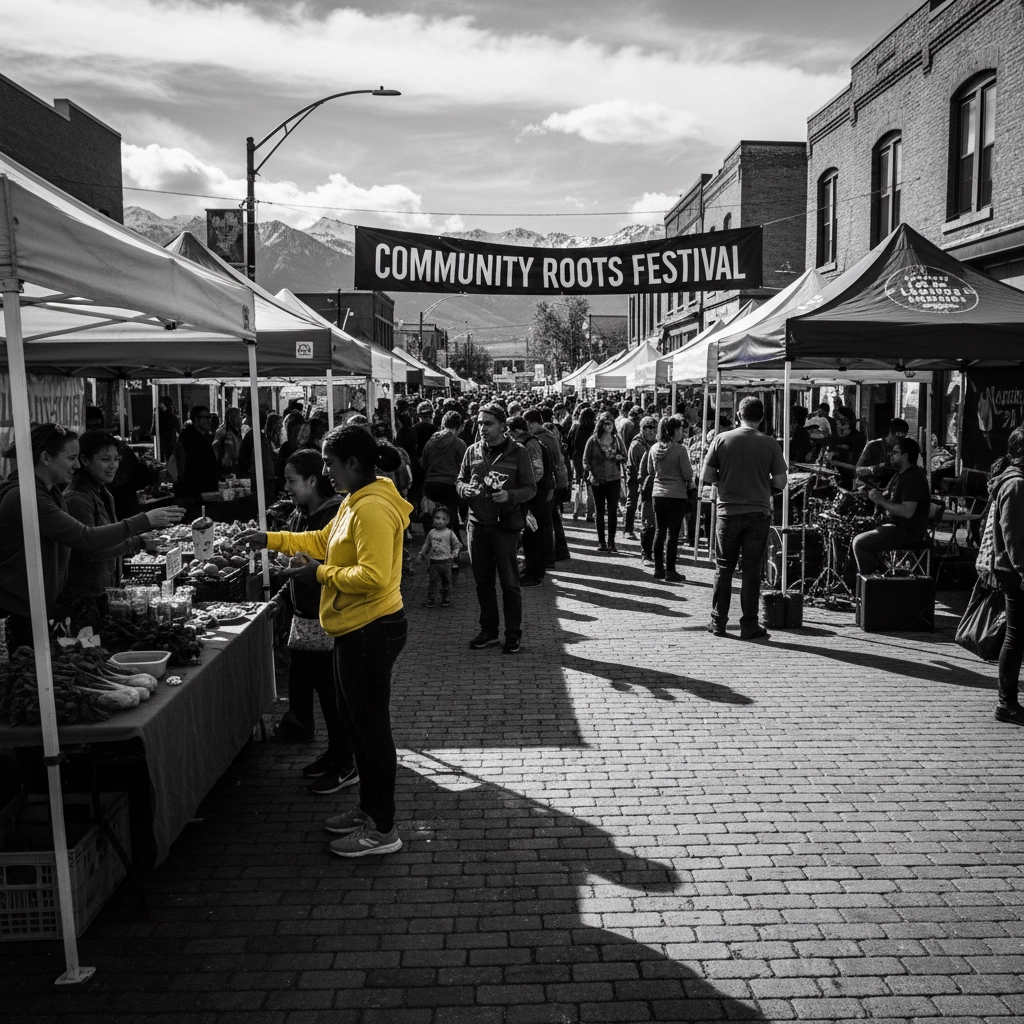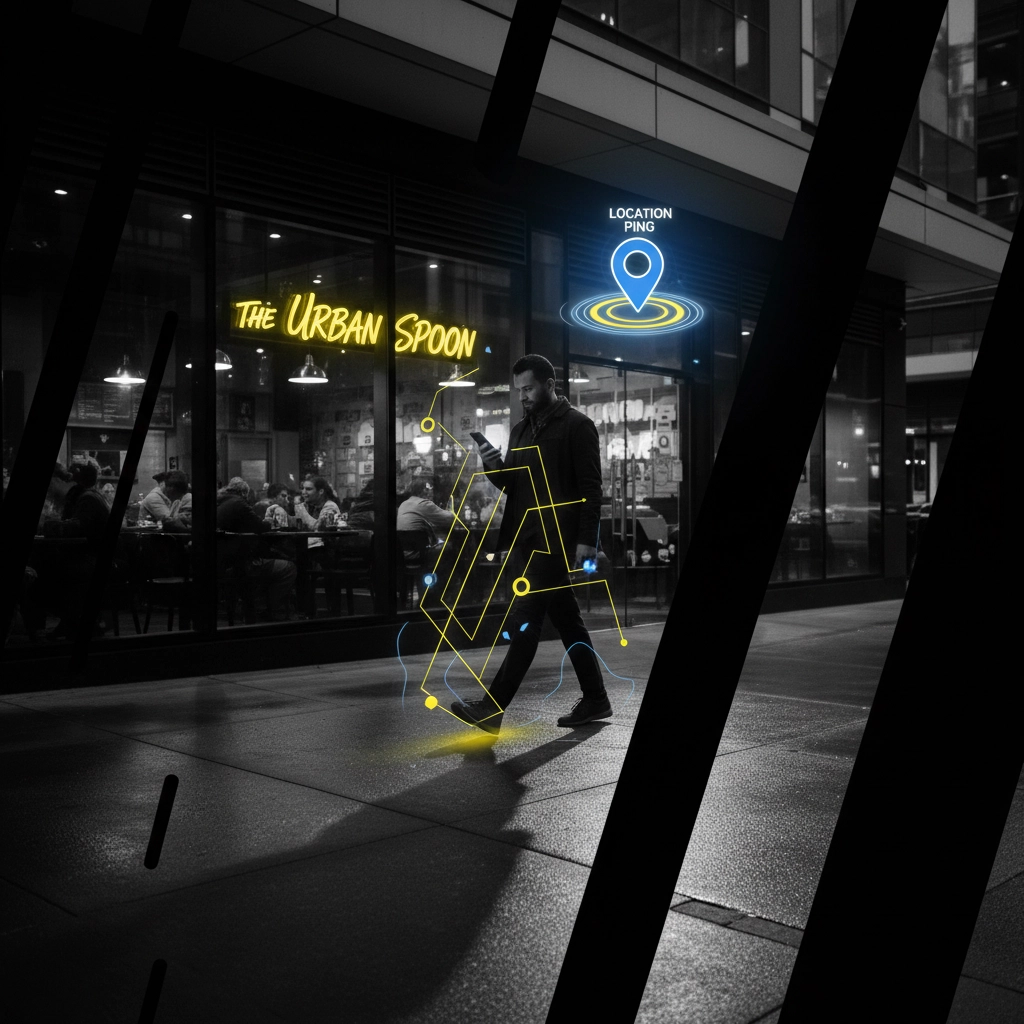7 Hyper-Local Marketing Hacks That Actually Work
Calgary restaurants throwing money at city-wide promotions are missing the point completely. Your customers don’t live “everywhere in Calgary”: they live in Kensington, work in Beltline, or grab lunch in Mission. Generic marketing treats a sprawling city like one homogeneous market. It doesn’t work.
The restaurants crushing it right now focus hyperlocal. They target specific neighborhoods, speak to actual communities, and build genuine connections within walking distance of their doors. Here are seven proven tactics that generate real foot traffic and loyal customers in Calgary’s diverse neighborhoods.
1. Target Postal Codes, Not the Entire City
Stop advertising to all of Calgary. Start with postal codes. The key to Local Marketing
Google Ads lets you target specific postal codes where your ideal customers actually live and work. A breakfast spot in Inglewood shouldn’t waste budget on ads shown to people in Mahogany. Target T2G for Inglewood residents, T2S for Mission workers, T2E for people in Renfrew.

This approach works because it delivers immediate relevance. Someone searching “breakfast near me” while standing on 9th Avenue sees your ad because they’re physically close enough to walk in today. Generic city-wide campaigns show your lunch special to someone in Tuscany who will never make the drive downtown.
Set up radius targeting around your restaurant. Start with a 3-kilometer radius and adjust based on foot traffic patterns. Downtown locations can cast wider nets because people commute from across the city. Neighborhood spots should focus tight: most customers live within 10 blocks.
The results speak for themselves. Restaurants using postal code targeting see 40% higher click-through rates and 60% better conversion rates compared to city-wide campaigns.
2. Own Your Google Business Profile Like Your Life Depends on It
Your Google Business Profile is your restaurant’s digital storefront. Most Calgary restaurants treat it like an afterthought. Big mistake this is the key to Local Marketing
Complete every single field. Upload high-quality photos of your best dishes, not blurry phone snapshots. Post weekly updates about specials, events, or seasonal menus. Respond to every review within 24 hours: good ones and bad ones.
The game-changer is posting hyperlocal updates. Don’t just say “Weekend special: Fish and chips.” Say “Perfect for Stampede weekend: Our famous fish and chips made with Alberta barley beer batter.” Reference local events, weather, or community happenings.

Calgary customers search “restaurants near me” constantly. Google shows the most complete, active profiles first. A fully optimized profile with recent posts and quick response times beats inactive competitors every time, this is Local Marketing 101
Add your menu, hours, phone number, and exact address. Use Calgary-specific keywords in your business description: “Family-owned Italian restaurant serving fresh pasta in historic Kensington since 1995.”
3. Create Content That Feels Like It Was Written by a Local
Generic food content doesn’t move the needle in Calgary. Content that references actual neighborhoods, local events, and Calgary culture builds genuine connections.
Instead of “5 Reasons to Try Our Brunch,” write “Why Kensington Locals Choose Our Brunch Before Hitting Bow River Pathway.” Instead of “Perfect Date Night Spot,” write “The Beltline Date Night Spot That’s Never Too Crowded (Even on Weekends).”
Reference Calgary-specific details: Chinook winds, Stampede season, proximity to Prince’s Island Park, walking distance from Saddledome events. These details signal that you understand your community, not just their wallets.
Blog about local food trends affecting Calgary specifically. “Why Calgary’s Food Scene is Embracing Prairie-to-Plate Dining” performs better than “Farm-to-Table Trends in 2025.” The hyperlocal angle creates authentic connection.
Share behind-the-scenes content featuring local suppliers. “Meet the Okotoks Farm Family That Grows Our Organic Lettuce” tells a story Calgary residents care about. Generic supplier content doesn’t.
4. Sponsor Hyperlocal Events and Build Real Community Connections
Skip the big-ticket city festivals. Focus on neighborhood events where you can actually connect with future customers face-to-face.
Sponsor booth space at Hillhurst-Sunnyside Community Market. Support local hockey teams in Bridgeland. Participate in Marda Loop’s summer street festivals. These smaller events cost less than major festivals but deliver higher-quality connections.

The key is consistent presence, not one-off appearances. Regular sponsorship of neighborhood events creates familiarity. Residents start seeing your restaurant as part of their community fabric, not just another business trying to extract money.
Document your community involvement. Share photos from events, highlight community partnerships, showcase local customers enjoying your space. This content performs exceptionally well because it demonstrates genuine local investment.
Partner with local organizations for cross-promotion opportunities. A Mission restaurant partnering with a local yoga studio for “post-workout meal deals” creates mutual benefit while targeting the exact demographic both businesses want.
5. Partner with Calgary Micro-Influencers Who Actually Eat in Your Neighborhood
Forget celebrity chefs with 100k followers. Focus on neighborhood food bloggers with 3,000 engaged local followers.
These micro-influencers cost significantly less than big names but deliver higher engagement rates within your target area. A Kensington food blogger recommending your restaurant to neighbors carries more weight than a generic city-wide influencer.
Look for food bloggers who already post about restaurants in your area. Someone who regularly features Kensington dining spots and has high engagement from local residents is perfect. Their followers are already interested in neighborhood dining options.
Structure partnerships around authentic experiences, not forced promotions. Invite local influencers for regular dining experiences. Let them order naturally and share honest opinions. Forced promotional content feels inauthentic and performs poorly.
Calgary has dozens of neighborhood-focused food bloggers and Instagram accounts. Find the ones whose followers match your target demographic. A family restaurant should partner with local parent bloggers. A trendy cocktail spot should work with young professional influencers.
6. Use Location-Based Technology to Capture Walk-By Traffic
Most restaurants miss opportunities when potential customers walk past their doors. Location-based marketing captures this missed traffic.
Implement beacon technology that triggers push notifications when people walk near your restaurant. “Grab coffee before your meeting: fresh pastries just came out of the oven” appears on phones of people walking past at 9 AM.

Join neighborhood-specific apps and social platforms. Nextdoor is particularly effective in Calgary’s residential communities. Post about daily specials, last-minute reservations, or community events you’re hosting.
Facebook Groups focused on Calgary neighborhoods provide direct access to hyperlocal conversations. Join groups like “Kensington Community,” “Mission Residents,” or “Beltline Neighbors” and participate authentically in discussions about local dining.
Use geo-fencing to target competitors’ locations with special offers. Someone standing outside a busy restaurant with a 45-minute wait might appreciate knowing about your 5-minute walk away with immediate seating.
7. Turn Satisfied Customers into Neighborhood Advocates
Word-of-mouth marketing remains the most trusted recommendation source. Calgary’s tight-knit communities amplify this effect when done strategically.
Create simple referral programs that reward customers for bringing neighbors. “Bring a friend from your building and both get 15% off” encourages hyperlocal referrals. People are more likely to recommend restaurants to neighbors than distant friends.
Implement review request systems that feel natural, not pushy. Train staff to mention review platforms during positive interactions: “If you enjoyed your experience, we’d love a Google review: it really helps other locals find us.”

Encourage customers to share photos and tag location-specific hashtags. #KensingtonEats, #MissionDining, or #BeltlineFoodie create searchable content that reaches people in your immediate area.
Host neighborhood customer appreciation events. “Residents of Hillhurst: show your utility bill and get 20% off dinner” creates exclusive community connection while encouraging local loyalty.
Focus on turning regular customers into active promoters. Someone who eats lunch at your restaurant twice a week and works in your neighborhood can generate dozens of referrals through casual conversations with colleagues.
The Reality of Hyper local Marketing in Calgary
Generic promotions treat Calgary like a single market. It’s not. Inglewood residents behave differently than Tuscany families. Downtown workers have different needs than suburban parents. Mission young professionals want different experiences than Bridgeland retirees.
Restaurants that acknowledge these differences and market accordingly see dramatic results. Higher conversion rates, stronger customer loyalty, and significantly better return on marketing investment.
The seven tactics above work because they create relevance at the neighborhood level. They speak to specific communities about specific needs at specific moments. This precision generates real business results in Calgary’s competitive restaurant market.
Stop broadcasting to the entire city. Start connecting with the specific neighborhoods where your customers actually live, work, and eat.


